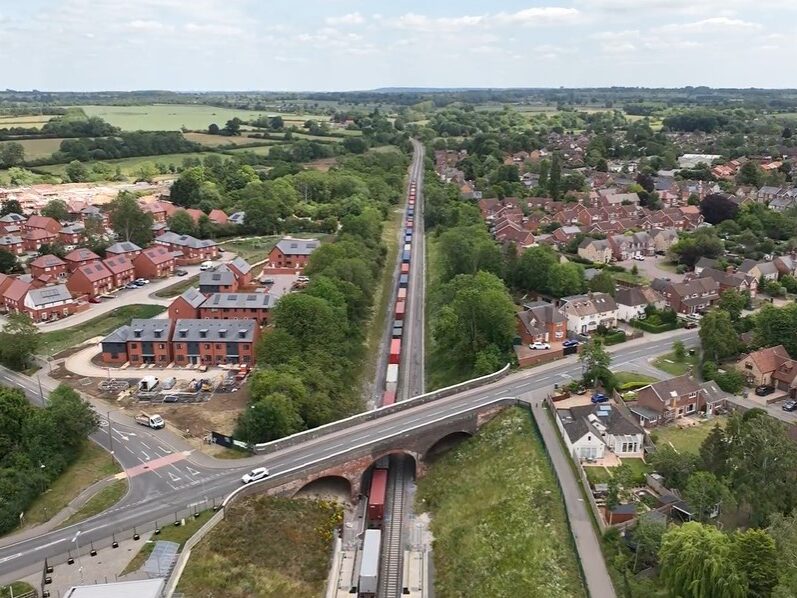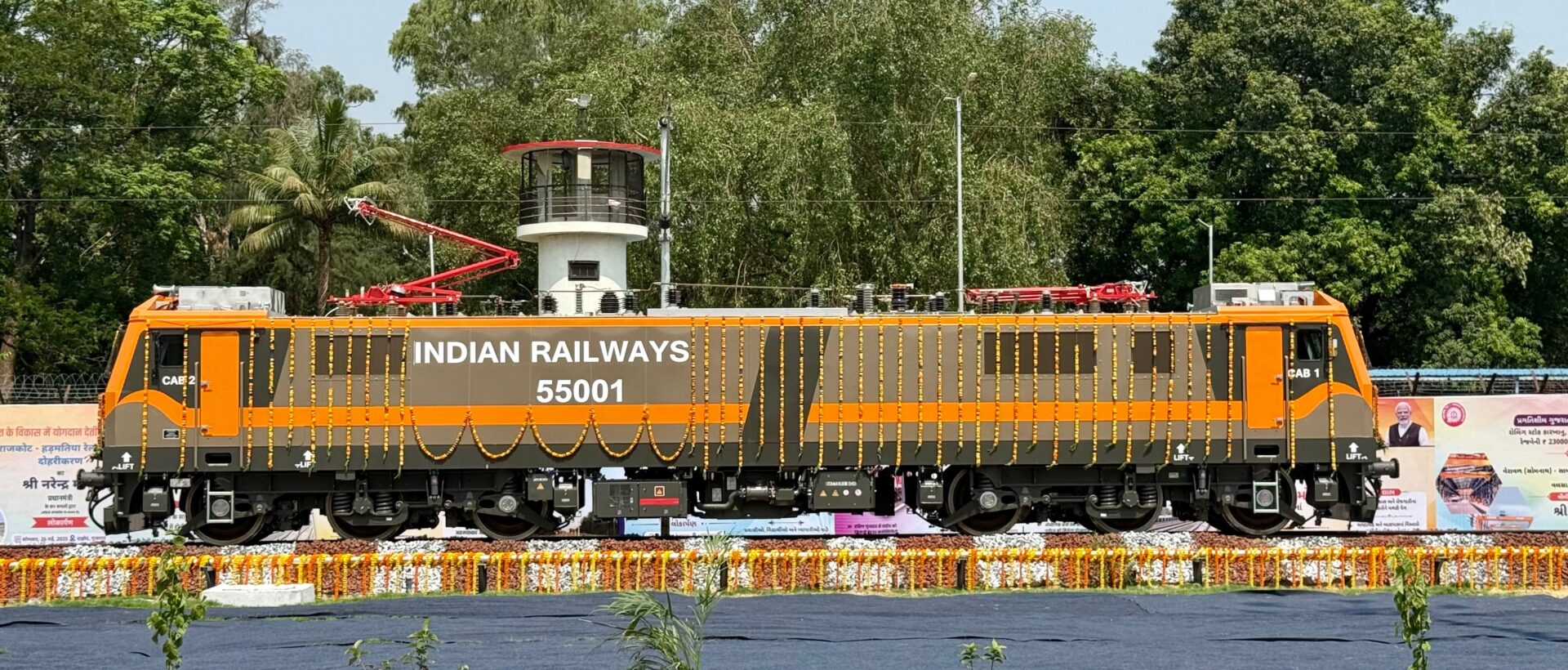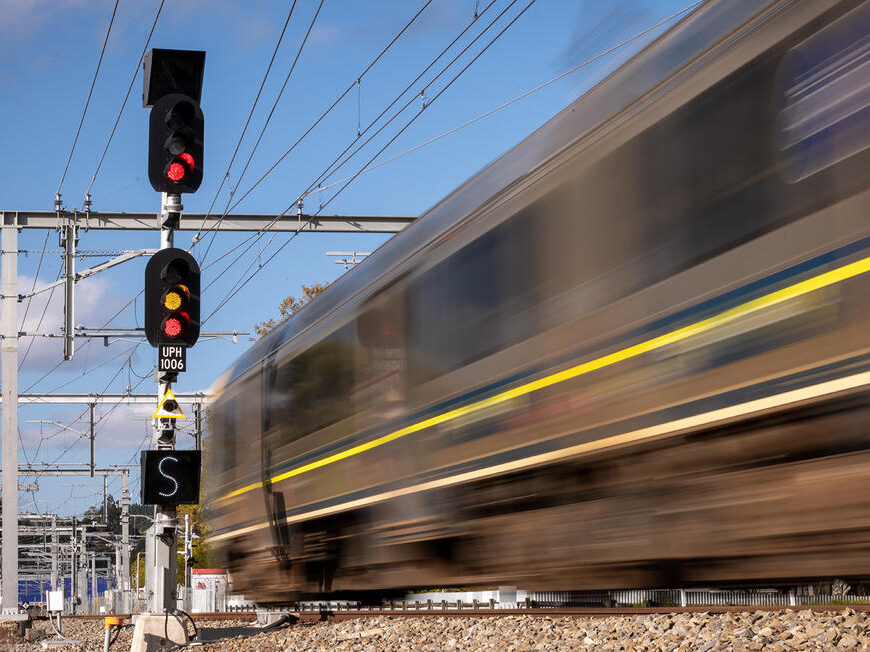Communication Is the Backbone of Freight Rail
For those who work in freight rail every day, rail communication systems aren’t just infrastructure; they’re critical tools for managing daily operations, ensuring safety, and maintaining uptime across the network. As freight demands rise and systems age, investing in stronger, smarter communication technologies is essential.
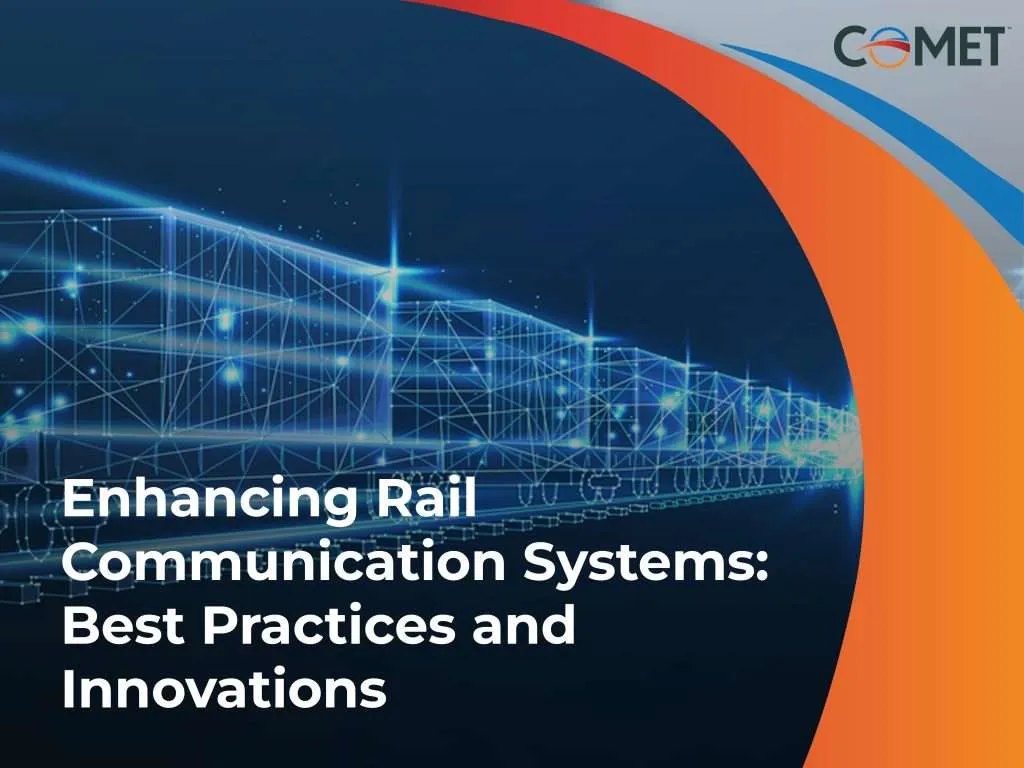
At COMET Industries, headquartered in Kansas City, supporting communication and signaling reliability in freight rail has been our focus for over 60 years. Whether you’re a signal maintainer, engineer, or purchasing manager, you know that the right components and the right partners make all the difference in system performance.
Modern rail signal systems must do more than keep trains moving. They must deliver real-time visibility, enable predictive maintenance, and hold up to the harsh conditions freight rail demands. Your communication network connects the field to dispatch, the track to the train, and the data to the decisions.
That’s why a high-performance rail communication system should:
- Withstand heavy use and weather exposure without signal degradation
- Integrate seamlessly with legacy and modern components
- Provide clear diagnostics to support field crews
- Ensure continuous system availability and network reliability
Best Practices: What Experienced Rail Pros Are Implementing
You’ve likely seen what happens when comms go down or signals misfire. The best operations teams prioritize layered solutions, tested materials, and systems built for long-term performance. Here’s what’s working:
- Redundant Communication Paths: No single network is immune to failure. Using microwave, fiber, and radio together ensures operational continuity, even in remote or high-traffic areas.
- AEI Systems That Actually Deliver: COMET’s AEI systems are installed across thousands of miles of Class I and short line track, designed to read accurately and transmit consistently, even in challenging environments. They’re field-proven, durable, and easy to integrate.
- Insulated Rail Joints That Hold the Signal: COMET’s poly insulated joint bars ensure clean signal separation and reduce troubleshooting headaches. They’re trusted by MOW teams for a reason: they perform.
- Remote Monitoring That Works for You: Our RSM platform gives you full visibility into your site health, so you’re not caught off guard. Early fault detection and real-time alerts help reduce truck rolls and emergency outages. Predictive insights provide foresight into potential points of failure before they disrupt operations.
Communication Technologies That Are Raising the Bar
If you’re modernizing your system, these are the innovations worth keeping an eye on:
- Smart component integration for real-time equipment health
- Cloud-based data access from remote locations
- Predictive analytics to anticipate site failures
- Cyber-secure infrastructure to protect signal integrity
These tools help experienced rail teams do more with less and build networks that adapt to future demands without starting from scratch.
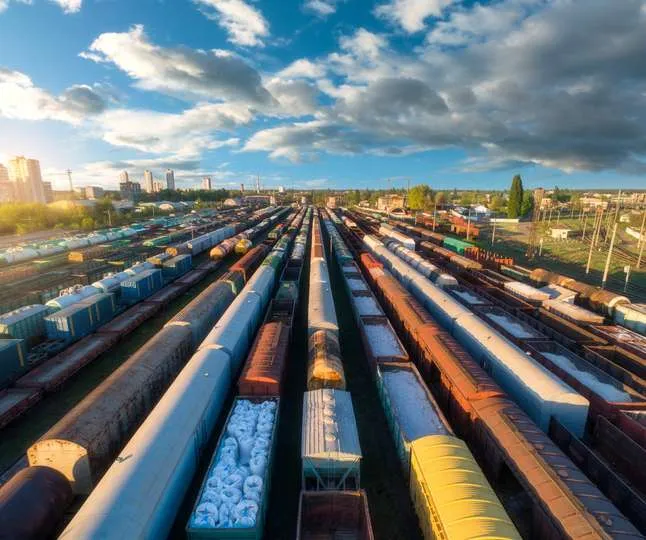
Why Rail Professionals Partner with COMET Industries
You’ve got a lot riding on your communication systems. COMET delivers more than just parts. We bring decades of experience, proven product performance, and a collaborative approach.
From AEI systems to insulated rail joints, we’re here to keep your network strong, responsive, and reliable.
Whether you’re upgrading existing sites or building new ones, our team knows what works in the field—because that’s where we’ve been for decades.
FAQs
Q: Why are communication systems so critical in freight rail?
A: Communication systems are essential for ensuring operational safety, reducing downtime, and enabling real-time decision-making. They connect field operations to dispatch centers and allow for predictive maintenance, which helps prevent failures before they happen.
Q: What makes COMET’s AEI systems different from others on the market?
A: COMET’s AEI systems are field-proven across thousands of miles of Class I and short line tracks. They’re designed for durability, accuracy, and ease of integration—even in tough environments where consistent signal transmission is critical.
Q: How do redundant communication paths benefit rail operations?
A: Using multiple communication methods—like microwave, fiber, and radio—ensures uninterrupted connectivity. If one path fails due to weather, interference, or infrastructure issues, the others keep operations running smoothly.
Q: What is the role of insulated rail joints in signal reliability?
A: Insulated rail joints maintain clear separation between track circuits, which is crucial for signal integrity. COMET’s poly insulated joint bars are built to reduce troubleshooting time and withstand wear in high-use areas.
Q: What does COMET’s Remote Site Monitoring (RSM) platform do?
A: The RSM platform provides real-time visibility into site conditions, helping rail teams detect early faults and receive alerts before major failures occur. It reduces the need for emergency maintenance and supports predictive maintenance planning.
This article was originally published by COMET Industries.





